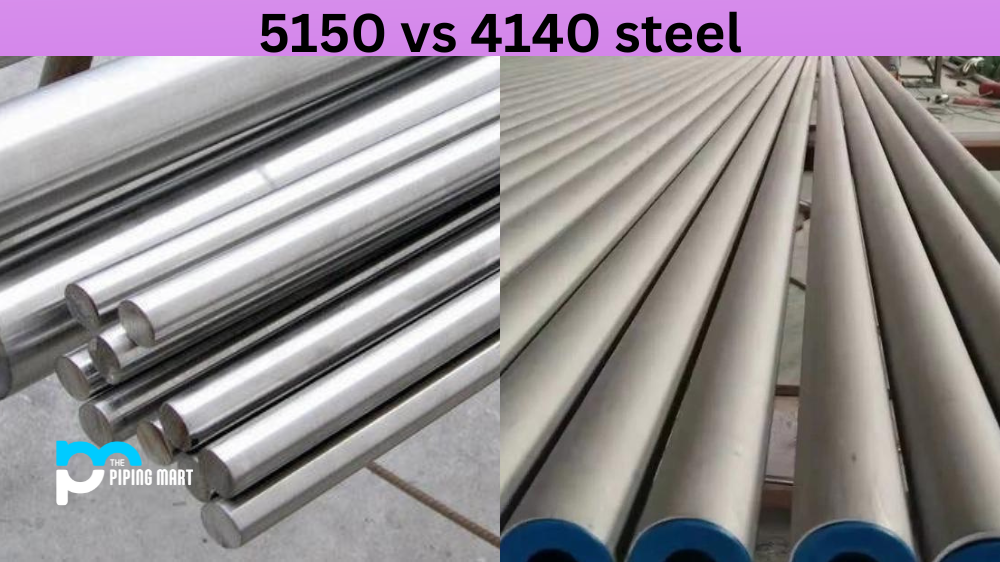Stainless steel is a popular choice for many applications due to its durability, resistance to corrosion, and attractive look. However, not all stainless steel is created equal. Two of the most common types are 301 and 302 stainless steel. But what is the difference between them? Let’s take a closer look at how they differ from one another.
Difference Between 301 and 302 Stainless Steel
The major difference between 301 and 302 stainless steel is their composition. 301 contains 16-18% chromium, 6-8% nickel, and 0.03% sulfur, while 302 contains 17-19% chromium, 8-10% nickel, and 0.15% sulfur. Both grades also contain carbon in small amounts.
The differences in composition result in some very noticeable differences in their characteristics and performance. For example, 301 stainless steel has higher tensile strength than 302 (approximately 1/2 hard) but lower ductility than that 302 (approximately 1/4 hard). This means that it will be less prone to bending or breaking when exposed to pressure but more likely to deform if it is exposed to too much force or stress. Additionally, 301 has higher magnetism than 302, as well as greater work-hardening capabilities when cold-worked or heat treated. It also exhibits better formability than its counterpart due to its slightly higher nickel content which makes it easier to machine and weld with minimal distortion or cracking. Lastly, 301 has a slightly higher corrosion resistance than its cousin due to its lower sulfur content compared to 302.
- 301 stainless steel is an austenitic chromium-nickel stainless steel that is corrosion-resistant.
- 302 stainless steel is an austenitic chromium-nickel stainless steel that is slightly less corrosion-resistant than 301 stainless steel.
- Both 301 and 302 stainless steels are non-magnetic.
- 301 stainless steel contains less chromium and nickel than 302 stainless steel, making it slightly less expensive.
- Both 301 and 302 stainless steels can be heat treated to achieve a wide range of mechanical properties.
- 301 and 302 stainless steels are commonly used in the food and beverage industry, as well as in medical applications.
- 301 and 302 stainless steels are not suitable for use in high-temperature applications.
The difference between 301 and 302 stainless steel is not significant enough to warrant a separate designation.
Conclusion:
In summary, both 301 and 302 stainless steels are popular types of grade for industrial applications such as chemical containers or food processing equipment due to their corrosion resistance and high tensile strength, respectively; however, each type offers different advantages depending on the application requirements at hand so it is important for engineers or designers to understand the differences between them before deciding which type would be best suited for the job. Ultimately, both grades offer excellent performance for various uses, but careful consideration must be taken into account when determining which type is best suited for your project needs.

Meet Bhavesh, a seasoned blogger with a wealth of knowledge and experience. From metal products manufacturing to retail, Bhavesh has a diverse background in various industries and is dedicated to sharing his insights and expertise with readers.




